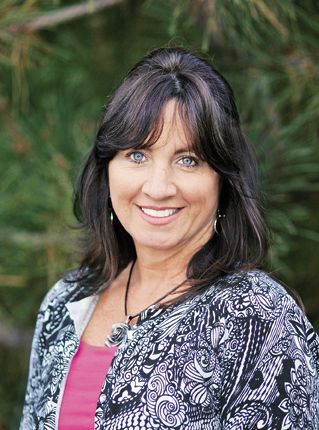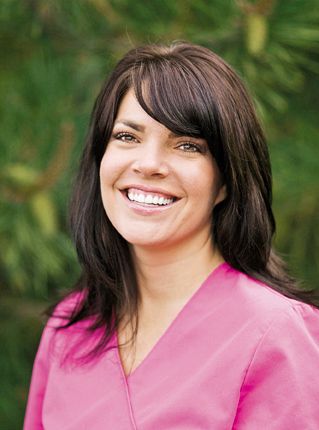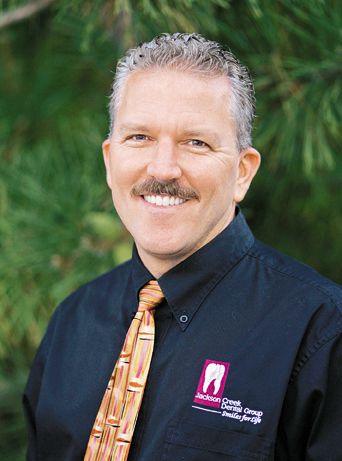Take control of your schedule
I’ve been buffering my local anesthetic injections with Onset from Onpharma for almost two years now-and so I’ve got a pretty good idea how it benefits my practice. Getting profound analgesia more quickly and predictably allows me to stay on schedule and makes my day go smoothly. For this article, I wanted to compare my perception with the perceptions of the four other people who also are intimately familiar with my practice: My dental assistants, my patient coordinator, and my hygienist. Here is what they said:
I’ve been buffering my local anesthetic injections with Onset from Onpharma for almost two years now-and so I’ve got a pretty good idea how it benefits my practice. Getting profound analgesia more quickly and predictably allows me to stay on schedule and makes my day go smoothly.
For this article, I wanted to compare my perception with the perceptions of the four other people who also are intimately familiar with my practice: My dental assistants, my patient coordinator, and my hygienist. Here is what they said:
Holly, Patient Coordinator

With Dr. Simpson using Onset, we can take 10 minutes off the time for each procedure that requires anesthetic. Those 10 minutes represent a big part of the entire time we would normally allot in the schedule. Most days we are saving more than an hour.
With Onset, Dr. Simpson knows our patients are going to be numb in 1 or 2 minutes. This means he can go right to work and not leave the operatory. He handles his other activities outside the operatory after he has said goodbye to the patient and before he starts the next procedure. Because administrative tasks are handled between procedures, not in the middle of them, we are not working “under the gun,” essentially catching the doctor when he steps out of the operatory and getting his attention before he has to go back.
This small change in Dr. Simpson’s workflow-staying with the patient-has had such a calming effect on the rest of the practice and our patients that Jennifer, Linda (Dr. Simpson’s dental assistants) and I made a pact that we would not let him leave the chair after giving injections anymore. That became our routine in just a few days. Everyone loves it, including Dr. Simpson, and especially our patients. In fact, one of the more surprising things I have learned is how important it is to some patients that Dr. Simpson stays with them from the beginning of the procedure until the end. We hear this from patients several times a week and it makes me feel good.
Jennifer, RDAEF

Dr. Simpson uses Onset for every injection. As far as I am concerned the difference is that anesthetic starts to come on almost instantly. What does that mean? When patients get numb really fast they are confident they aren’t going to feel anything during the procedure. For a lot of patients, the possibility that the procedure is going to hurt is like a cloud hanging over every visit to the dentist. We hear, “Is this going to hurt?” all the time and we figure that when we say, “Not a bit” the patient’s fear goes away. It generally doesn’t. I will tell you what really makes the patients feel better is when the numbing sensation starts right after the injection is finished. That’s the key.
Now I am used to seeing patients visibly relax when they feel the anesthetic coming on, which is happening while Dr. Simpson is still in the chair.
Want more? Here's a video interview with Dr. Mik Falkel, Onpharma's Founder and Chief Medical Officer
Linda, RDAEF

When I think about practicing before we started buffering Dr. Simpson’s anesthetic, I think about how much less control we had over what was happening in the operatory, in hygiene, and even in the hallways of the dental office. What I mean by that is the way anesthetic used to work, Dr. Simpson had no choice but to leave the operatory (or waste time sitting in the chair for 5 or 10 minutes to see if the patient was getting numb). He almost always left the operatory for that time, and essentially was fair game for every interruption that could occur in the office once he left. I used to be frustrated not knowing when Dr. Simpson would make it back to the operatory.
With Onset there is more order to the tasks that are happening throughout the day. Procedures start when Dr. Simpson delivers the injection and end when the procedure is complete, without the doctor leaving for an intermission. This is much more natural and predictable. It’s also better for the doctor, the staff, the patient and the practice.
Tanjia, hygienist

My experience with Onset is actually both as a user-giving injections for scaling and root planing procedures-and as a hygienist who needs my doctor to complete hygiene exams.
First, as a user, I can start sooner, I need to re-inject less often, and I know in a minute or two whether I have had an anatomical ‘miss’ with my first injection.
Putting all these together, I have been getting my two-hour periotherapy appointments done in an hour and a half. My schedule runs like clockwork compared to before, when my least predictable tool was local anesthetic.
The second big difference is that Dr. Simpson now completes hygiene exams in between his procedures, which in my view is much different than conducting exams while another patient is waiting for him in the operatory. I have a much better sense of when Dr. Simpson will come in to hygiene to conduct an exam, and the exam feels less rushed, which makes me feel like we are doing a better job of explaining treatment plans and answering the patient’s questions, which is better for the practice’s productivity and for patient care.

Dr. Dwight Simpson has been a partner at Jackson Creek Dental Group, located in Jackson, Calif., for more than 20 years. He graduated from the Loma Linda University School of Dentistry in 1992, receiving the Academy of Operative Dentistry’s award for outstanding achievement for best overall restorative dentistry in his class. He then completed extensive post-graduate coursework in both orthodontics and TMJ therapies at the Mid America Orthodontic Society. Dr. Simpson has also received the Smile Gallery Gold Medal from the American Academy of Cosmetic Dentistry.